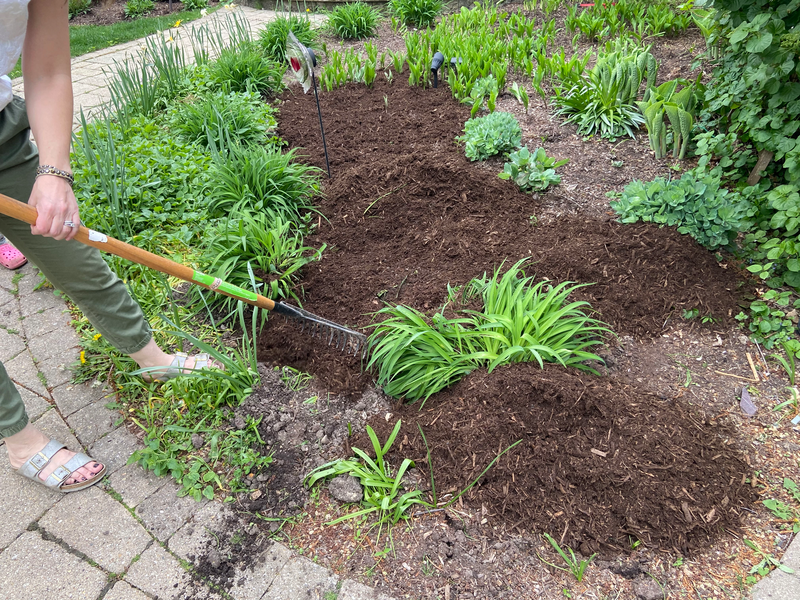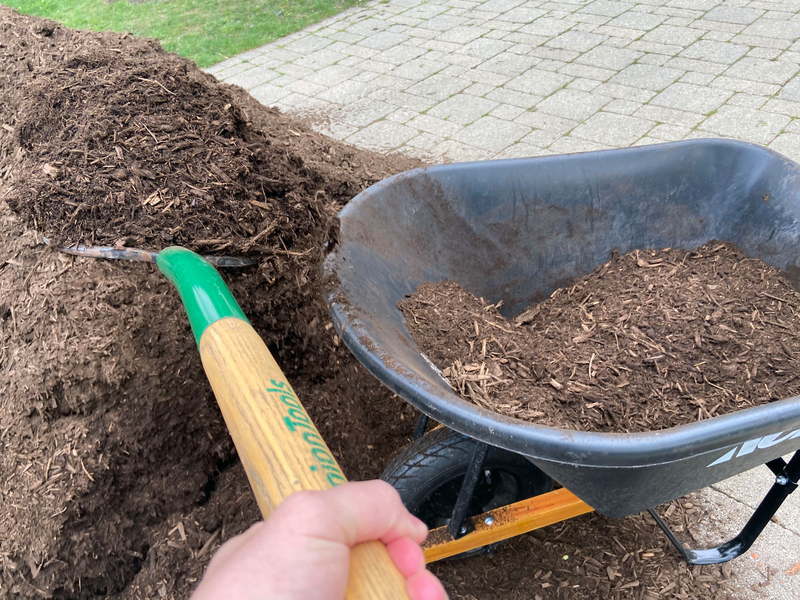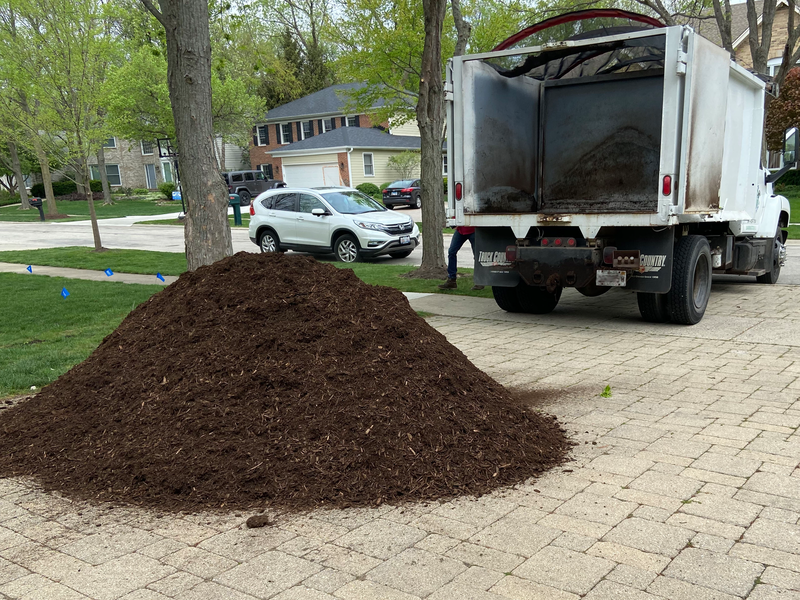Everything You Need to Know About Mulching Your Yard

One of the most important components of a healthy landscape is mulch. It adds to the aesthetic appeal of your lawn, reduces the growth of weeds and delivers extra nutrients to your plants.
This guide covers what you need to know about mulch — whether you’re looking to do it yourself or hire someone to install it for you.
What Is Mulch?
Mulch is a material used to cover your soil. It comes in many forms and can include organic or inorganic materials. Most mulch is a composite of different materials such as tree leaves and bark, cut grass, pine straw and wood chips. Some people use mulch to create thriving and healthy landscapes, while others use it to add color or texture to their existing outdoor landscape.
Because there are numerous types of mulch available, it’s important to determine what you’re trying to accomplish before ordering. To limit your mulch cost, it’s also a good idea to take measurements before shopping so that you don’t overbuy.
Why Should You Use Mulch?
Mulch has multiple purposes. It’s extremely useful as a decorative addition to your yard, but it also protects your plants from weeds and extreme temperatures. If you live in a climate that experiences hot summers, it can help the soil retain moisture so that your plants don’t dry up as quickly. Some organic mulch products also provide nutrients that your plants can feed on to grow quickly and fuller.
You should reapply mulch at least once a year to receive its full benefit. Weather, animals and natural degradation all diminish its properties through the year.
What’s the Difference Between Inorganic and Organic Mulch?
Inorganic mulch is usually composed of stone, gravel, plastics, rubber or landscape fabrics. They’re mainly for adding color and texture to your landscape but don’t provide much of a benefit beyond their decorative purpose. You don’t need to replace inorganic mulch as frequently because it’s designed to last longer.
Organic mulch is made of biodegradable materials such as wood, grass and leaves. It contains nutrients that feed your yard when it breaks down, so it can help a garden look richer and fuller. Using organic products improves soil drainage and moisture retention, so it’s great if you live in a climate with severe temperature swings.
Applying either kind of mulch can reduce the appearance of weeds. It provides a protective layer that many unwanted plants can’t penetrate to find the water and nutrients needed to grow and reproduce. Organic mulch is a bit more effective at repelling weeds. It’s important to know that neither type of mulch prevents bug infestations.
What Kind Is Best for My Yard?
This depends on your climate and the type of plants in your yard. Some plants benefit from gravel or river rock if they require more heat during the spring, but this type of mulch could harm more heat-sensitive plants, for example. Inorganic mulch is best for areas that are more difficult to reach or where you only desire an improved aesthetic.
Organic mulch comes in a variety of types. If you want mulch that decomposes slowly, select one that is comprised of larger chunks of material. Leaves and grass clippings are great if you want to provide extra nutrients to your plants. Consider blending different types of mulch to provide the desired benefits and appearance.
When’s the Best Time to Mulch?
Mulching too early can delay the development of your yard, so the best time is after the soil has warmed up in the spring. You may need to add mulch throughout the year, especially if you choose a material that degrades quickly. Pay attention to your yard and purchase more mulch as needed so that your plants remain protected, and you maintain the best appearance for your yard.
How Much Does Mulch Cost?
The cost of mulch can vary depending on quantity, whether you’re having it delivered directly to your home or if you opt to have it installed by someone else. Mulch sold by the bag can range from $2 to $7 (CAD 2.50 to CAD 8.75) a bag. If you do it yourself, expect to pay about $15 to $65 (CAD 19 to CAD 81) per cubic yard if you’re laying down a layer that is 3 to 4 inches (8 to 10 centimeters) thick. Also, try not to buy more mulch than you need. Sometimes, putting down too much does more harm than good.
Some plants will be smothered by a thick layer of mulch and could struggle as a result. Research the needs for each type of plant in your yard to determine the best type of mulch and proceed from there. If you decide to have the mulch delivered, anticipate a delivery fee of up to $100 (CAD 125).
How Much Does It Cost to Have Mulch Delivered?
If you want someone else to deliver and lay your mulch, delivery fees are usually included in your quote. It could cost anywhere from $35 to $110 (CAD 44 to CAD 138) per cubic yard, depending on the type of mulch you choose.
To determine how many cubic feet you’ll need to cover, you should use a square footage calculator. Just multiply your total square footage by your desired depth and divide by 27 to obtain the number of cubic feet.
Can You Do It Yourself?
You can save a lot of money by mulching yourself. Determine whether you want the mulch delivered to your home or if you’re going to transport it yourself. Then, make sure to remove any weeds prior to laying down the mulch. It’s best to start in a level spot and apply two to four inches of mulch.
Try to avoid mulching over the base of existing plants, as this can suffocate them. It’s best to stay 3 inches (8 centimeters) away from the base of each plant. Reapply mulch at least once a year, but more if needed.
Elocal Editorial Content is for educational and entertainment purposes only. Editorial Content should not be used as a substitute for advice from a licensed professional in your state reviewing your issue. Systems, equipment, issues and circumstances vary. Follow the manufacturer's safety precautions. The opinions, beliefs and viewpoints expressed by the eLocal Editorial Team and other third-party content providers do not necessarily reflect the opinions, beliefs and viewpoints of eLocal or its affiliate companies. Use of the Blog is subject to the
Website Terms and Conditions.The eLocal Editorial Team operates independently of eLocal USA's marketing and sales decisions.





